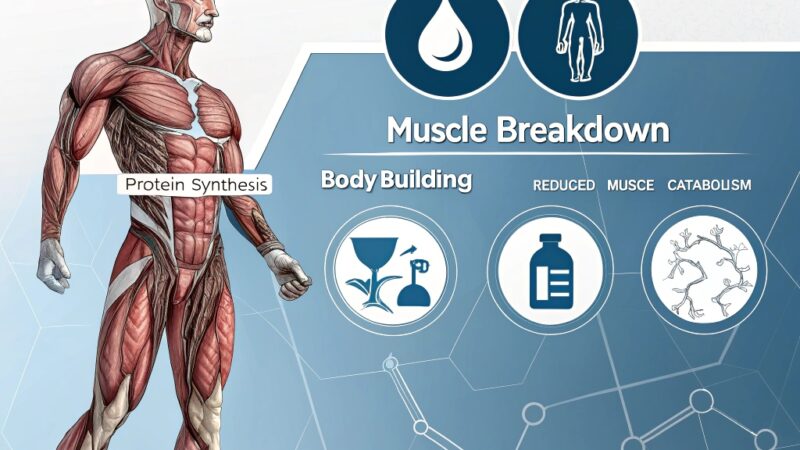ISO 22000 Certification: Meet Food Safety Standards with Confidence

I. Introduction to ISO 22000 Certification
A. Overview of ISO 22000 and Its Importance in Food Safety Management
ISO 22000 is an internationally recognized standard designed to establish and maintain an effective food safety management system. It provides organizations in the food industry with a structured framework to identify, prevent, and control food safety hazards throughout the supply chain. By integrating key principles of food safety, including Hazard Analysis and Critical Control Points (HACCP), ISO 22000 helps businesses ensure that food products are safe for consumption. The standard applies to all organizations involved in food production, processing, distribution, and retail, regardless of size or location. Companies that implement ISO 22000 can enhance consumer confidence by demonstrating their commitment to maintaining the highest safety standards. Compliance with this certification not only strengthens internal processes but also minimizes the risks of contamination, recalls, and non-compliance with regulatory requirements.
II. Key Benefits of ISO 22000 Certification
A. Improved Food Safety: Reducing the risk of foodborne illnesses and contamination.
Ensuring food safety is a top priority for businesses in the food industry, as contamination can have serious consequences for both consumers and companies. ISO 22000 provides a structured approach to identifying and controlling food safety hazards, helping organizations reduce the risk of foodborne illnesses. By implementing preventive measures, such as Hazard Analysis and Critical Control Points (HACCP), businesses can detect potential threats early and take corrective action before they become serious issues. A well-established food safety management system minimizes the likelihood of product recalls and protects consumers from harmful contaminants.
III. The Role of Internal Audits in ISO 22000 Certification
A. Importance of conducting regular internal audits to ensure the effectiveness of FSMS.
Regular internal audits are an essential component of an effective Food Safety Management System (FSMS). These audits provide an opportunity to assess whether food safety procedures and practices are functioning as intended and whether they align with ISO 22000 standards.Conducting routine internal audits helps businesses identify potential gaps, weaknesses, or inefficiencies within their system, allowing for corrective actions before problems escalate. Internal audits also ensure that all aspects of food safety management—from hazard analysis to employee training—are actively monitored and consistently improved.
B. How Internal Audits Identify Areas for Improvement and Ensure Compliance
One of the primary functions of internal audits is to identify areas for improvement in an organization’s food safety management practices. Auditors review records, assess operational procedures, and observe practices to pinpoint inefficiencies or deviations from established food safety protocols. This proactive approach allows businesses to address issues before they affect product safety or compliance. Furthermore, internal audits help ensure that food safety practices align with ISO 22000 certification requirements and local or international regulations. By identifying non-conformities, internal audits provide valuable insights into potential risks and guide businesses in developing corrective actions to ensure continuous compliance. Regular audits also build confidence among stakeholders, demonstrating the organization’s commitment to maintaining food safety standards.
C. Tips for Preparing and Conducting a Successful Internal Audit
Effective internal audits require careful preparation and organization to be truly beneficial. Begin by setting clear audit objectives and determining the scope, focusing on critical areas where food safety risks may exist. Create a checklist of key elements to review, ensuring it covers all relevant aspects of the FSMS, from hazard identification to record-keeping. Select qualified internal auditors who have a strong understanding of ISO 22000 standards and the organization’s processes. It is essential to conduct the audit in a systematic and objective manner, avoiding bias. Open communication with employees during the audit process is crucial, as it fosters transparency and encourages cooperation.After the audit, document findings clearly and prioritize corrective actions based on risk levels. Follow up on these actions and schedule regular audits to ensure continuous improvement and adherence to food safety standards.
IV. The Role of Technology in ISO 22000 Certification
A. How technology can streamline the ISO 22000 certification process.
Technology plays a crucial role in simplifying the ISO 22000 certification process. By leveraging digital tools, organizations can automate many of the manual tasks involved in meeting ISO standards, thus reducing the time and effort required. For example, digital platforms allow for more efficient management of food safety documentation, reducing the risk of errors and improving overall accuracy. These tools also help businesses track compliance with food safety protocols in real-time, providing them with up-to-date data on key metrics.Technology enables businesses to maintain continuous monitoring of their systems, which is vital for ISO 22000 certification.Furthermore, technology makes it easier to conduct internal audits, streamline corrective actions, and quickly respond to any issues that arise, ensuring the certification process remains smooth and efficient.
B. Using Software Tools for Managing Documentation, Audits, and Risk Assessments
The complexity of managing the various aspects of ISO 22000 certification can be significantly reduced with the use of specialized software tools. These tools allow businesses to easily track and manage documentation, such as food safety policies, hazard analyses, and audit results, all in one central location. This digital approach ensures that key documents are easily accessible and regularly updated, reducing the chances of missing important information. Moreover, software tools can simplify the audit process by automating checklists, scheduling, and reporting, making it easier to track progress and identify areas for improvement. Risk assessments are also streamlined through technology, with software helping businesses identify, assess, and mitigate potential food safety risks more efficiently.
C. How Digital Solutions Help with Real-Time Monitoring of Food Safety Practices
Real-time monitoring is one of the key advantages of integrating digital solutions into ISO 22000 certification efforts. Using sensors, IoT devices, and digital platforms, organizations can continuously monitor food safety practices, such as temperature control, hygiene practices, and contamination risks. For instance, IoT-based temperature monitoring can alert staff immediately if a cold storage unit exceeds safe limits, allowing for prompt corrective actions. This real-time data is critical for ensuring that safety measures are always followed and any issues are detected early. Digital solutions also make it easier to document the results of monitoring activities, ensuring that all necessary records are in place for audits and compliance reviews.By leveraging technology for ongoing monitoring, businesses can maintain a higher level of food safety while ensuring they meet the stringent requirements set by ISO 22000.





